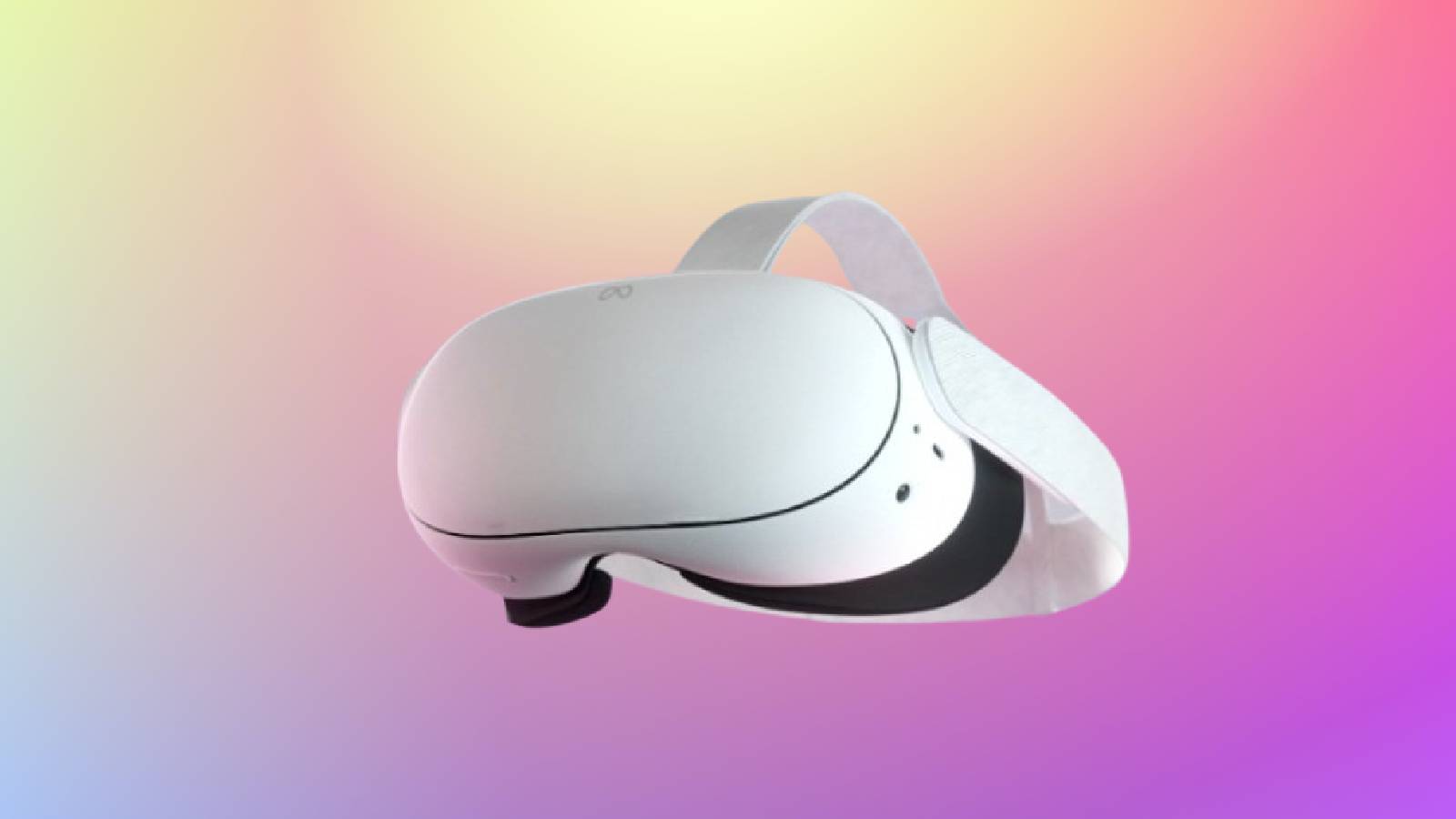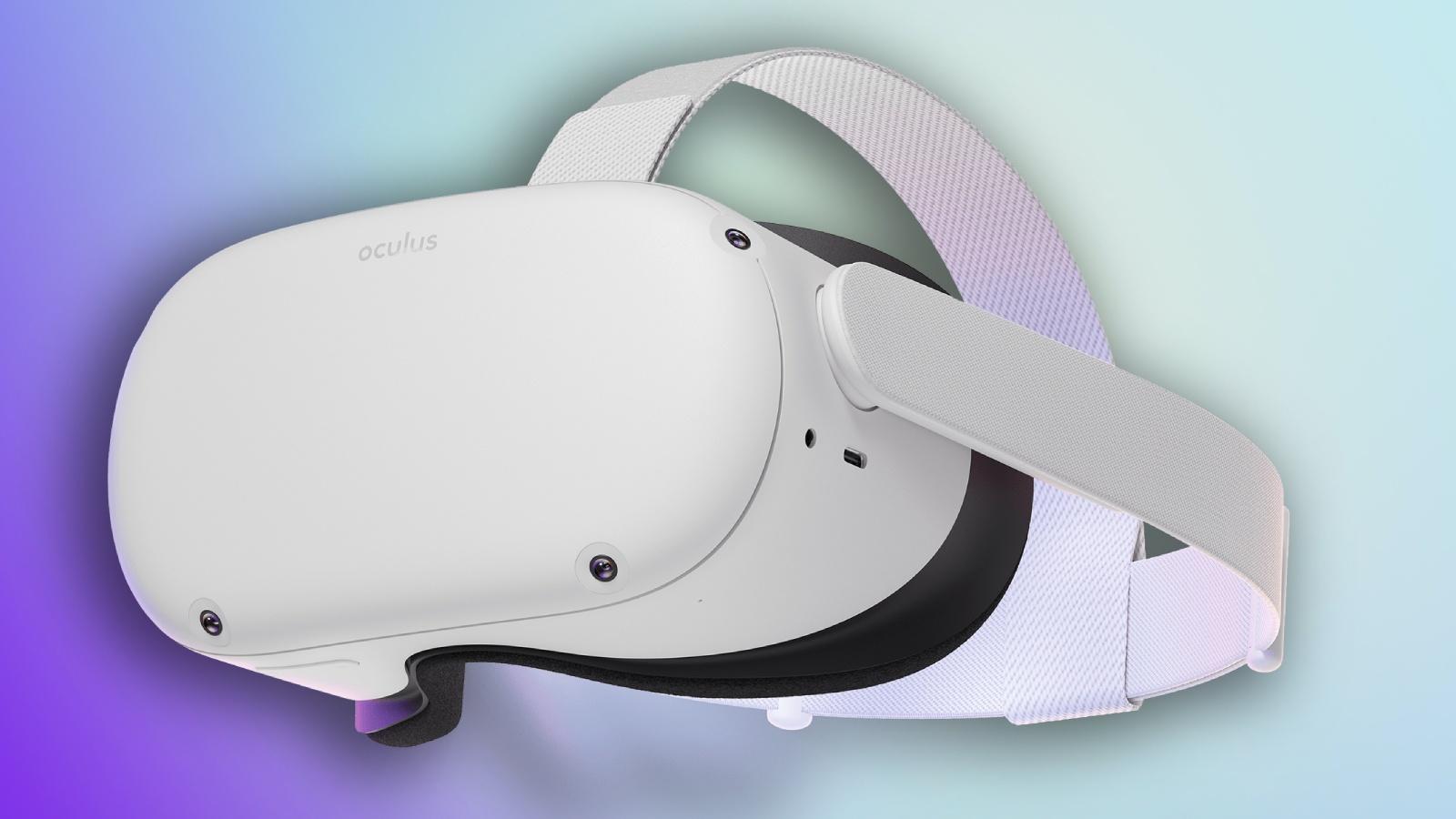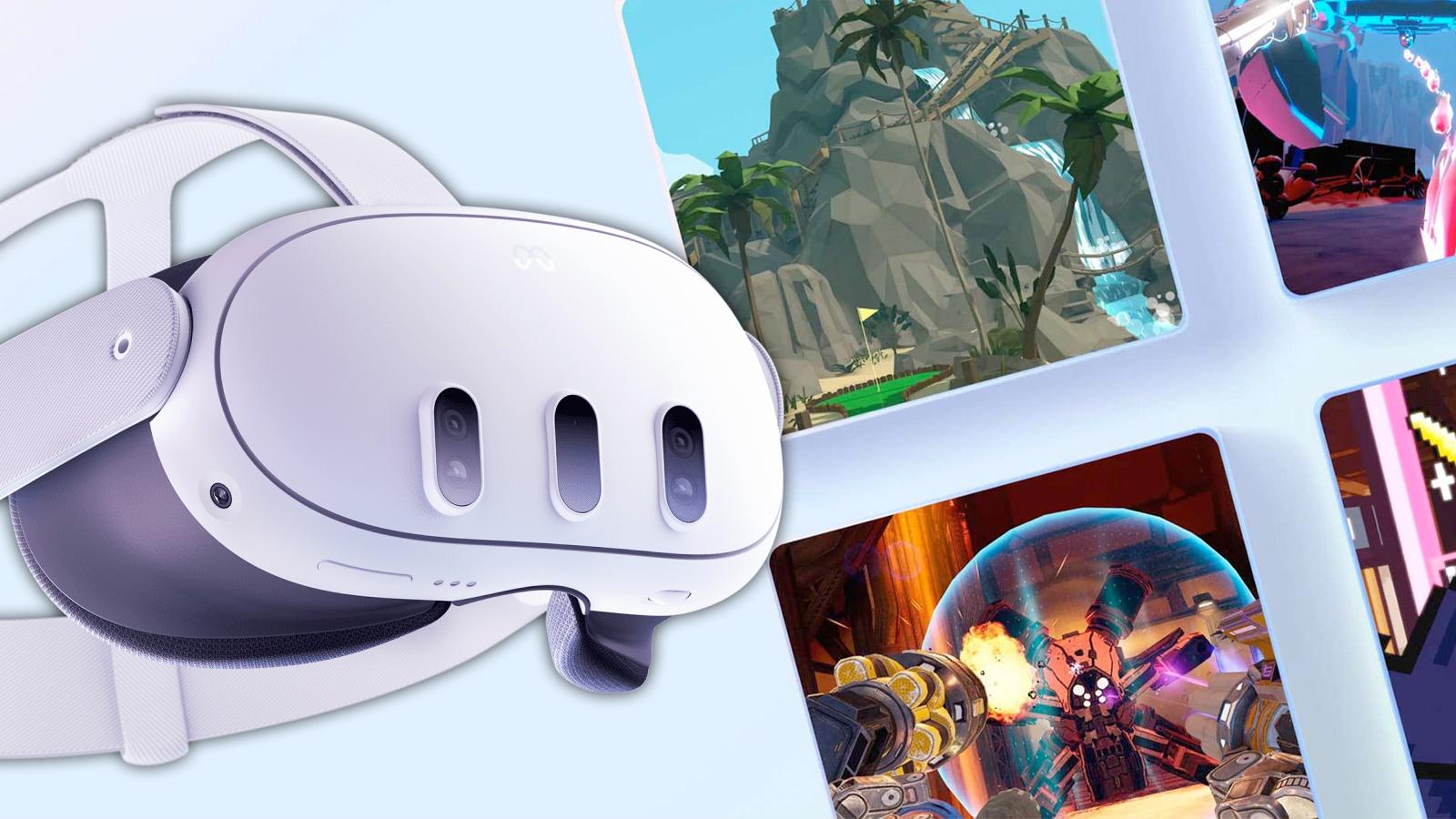Meta Quest 2 vs Meta Quest 3: Which VR headset should you buy?
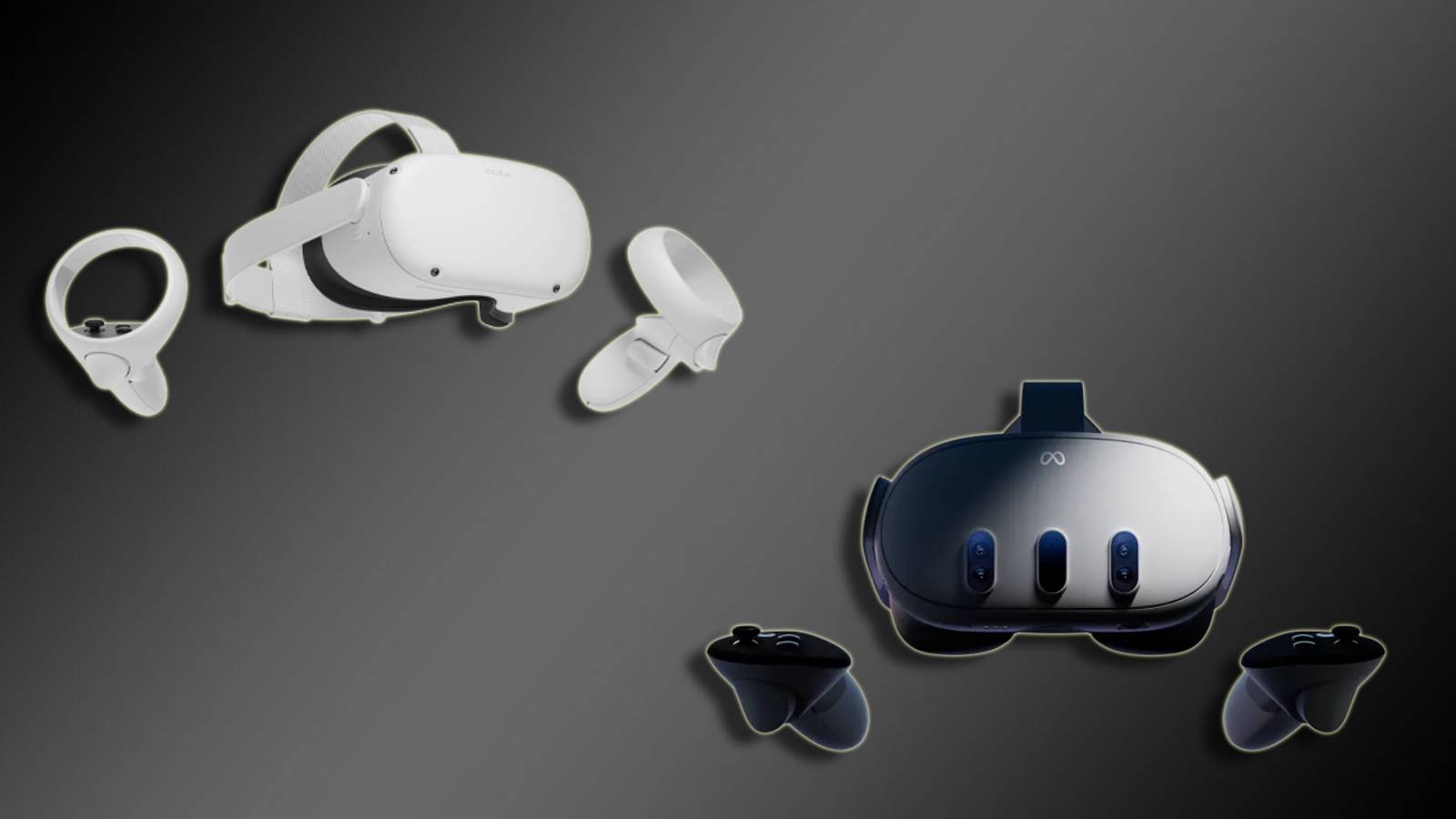 Meta
MetaQuest 3 vs Quest 2
Those wanting to get involved in the immersive world of virtual reality now have several headset options. Between the Meta Quest 2 and Quest 3, which one is better?
The VR landscape has changed a great deal since the launch of the Oculus Rift, and the subsequent purchase by Meta. VR users no longer need to worry about being tethered to a PC via cables thanks to standalone headsets like the Quest, which has boosted interest in VR amongst more casual users.
The Quest 2 was a big hit when it launched, and some recent price drops of the headset have meant it has remained an attractive option for those who want to give VR a try. The Meta Quest line of headsets does not need an expensive PC rig to run them, and yet can still deliver some high-end VR experiences.
Since the release of the Meta Quest 3, some consumers have been on the fence about which headset is the best one to go for. Is the Quest 3 worth the higher price for its improved features? Or does the Quest 2 remain the most solid option? We compare the headsets in detail to help you make up your mind.
Meta Quest 2 vs Meta Quest 3: Price
The value of the Quest 2 is undeniable, starting at just $299, compared to the Quest 3, which will retail at $499.
The Meta Quest 2 was initially launched at $299 and $399 for the 128GB and 256GB variants, respectively. The price was hiked up due to the chipset shortage, making the headsets dearer by $100 each. The original price was restored recently to make way for Quest 2’s successor.
The Quest 3, however, will start at $499 at launch. While the company announced the price a few months back, it didn’t reveal the specifications, variants, or the upcoming mixed-reality headset. The Quest 3 has been priced at a slight premium, reflecting its newer technology and advanced features.
Meta Quest 2 vs Meta Quest 3: Specifications
| Meta Quest 3 | Meta Quest 2 | |
| SoC | Qualcomm Snapdragon XR2 Gen 2 | Qualcomm Snapdragon XR2 |
| Resolution (Per-eye) | 2064 × 2208 | 1832×1920 |
| Display type | LCD | LCD |
| Refresh rate | 120Hz | 72Hz – 90Hz |
| Field of view | Unknown | 89 degrees |
| Lenses | Pancake | Fresnel |
| Features | Hand tracking, PC compatibility, Voice commands, Wireless, Mixed reality | Hand tracking, PC compatibility, Voice commands, Wireless |
| Controllers | Touch Plus controllers | Meta Quest Touch controllers |
| Weight | Unknown | 503g |
| Price | $499 | $299 |
The Quest 3 houses an incrementally upgraded version of the Quest 2’s chip. However, the similarities end there. The Quest 3 brings noticeable upgrades over the previous generation. It has a better display, a higher refresh rate for smoother graphics, a wider field of view, and is likely to have better overall performance.
The Quest 3’s pancake lenses are also an upgrade over the Quest 2’s Fresnel lens. These new lenses are considered better and far more compact than the Fresnel lens, which helps make the headset lighter and smaller.
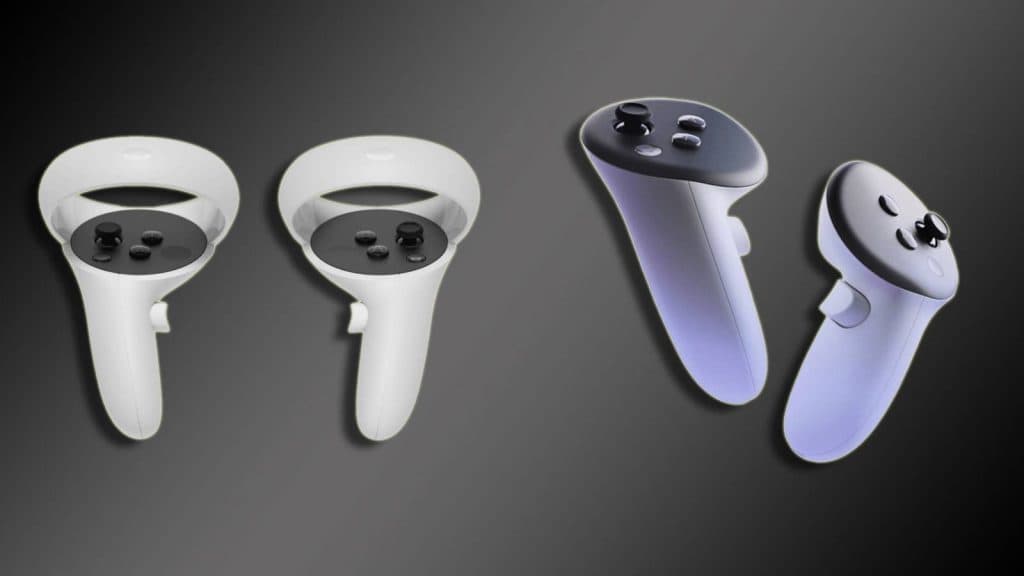 Meta
MetaThe Quest 3 will come with Touch Plus controllers, compared to the Quest Touch controllers that came with the Quest 2. Meta says the new controllers are ergonomic, feature-rich, and designed to offer a comfortable experience.
Though we are unsure about the performance improvement on the Quest 3, it will house additional sensors to offer an immersive mixed-reality experience.
Since the Quest 3 is due to be unveiled soon, we will have to wait for performance comparisons and details about the additional features. However, the headset is expected to perform way better than its predecessor, given the time Meta’s engineers have had at their disposal to optimize the performance of the XR2 Gen 2 SoC.
Games
The Quest 3 will be backward compatible, which means you’ll have access to the vast gaming library of Quest 2 aside from the games and applications exclusively made for the new headset.
While we’re yet to hear from Meta about games/applications for the Quest 3, given the updates in performance, additional sensors, and differences in controllers, we can expect that some apps and games might not be available on the Quest 2.
Mixed reality
This is the most significant difference between the two. While the Quest 2 is essentially a VR headset, the Quest 3 is much more. Once launched, it will probably be the most affordable Mixed Reality headset on the market.
The Quest 3 will offer a full-color passthrough, and its depth sensors and camera array are expected to provide a highly accurate representation of users’ surroundings, resulting in a more immersive experience.
Meta Quest 2 vs Meta Quest 3: Which one should you pick
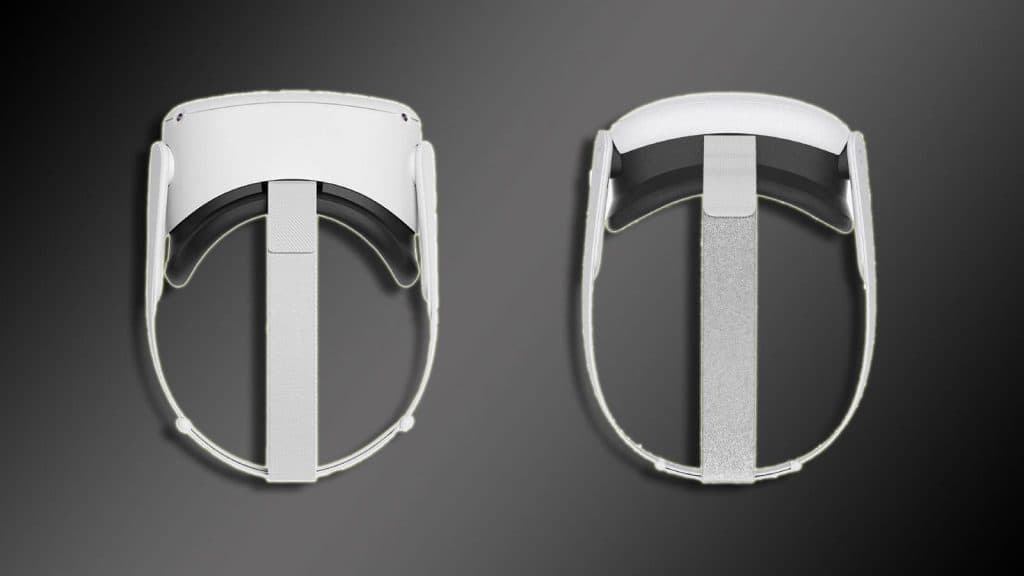 Meta
MetaFor new buyers choosing their first standalone VR headset, the Oculus Quest 3 has appeal over the last generation. The resolution, refresh rate, field of view, and performance boosts make it a better overall VR experience. However, the higher price may be challenging to swallow for budget-minded buyers.
For current Quest 2 owners, the upgrades may not be significant enough to warrant upgrading immediately. The Quest 2 can still deliver immersive VR on its own. However, Quest 2 owners who want the best visuals and performance may find the Quest 3 a worthwhile upgrade. The expanded field of view and pancake lenses make noticeable visual comfort and immersion improvements.
In conclusion, the Oculus Quest 3 is the superior headset, technologically speaking. But the Oculus Quest 2 remains a viable option – especially for first-time VR users who want quality without breaking the bank.
Your choice between the two boils down to personal preference, needs, and budget. Both headsets promise an immersive VR experience, but the Quest 3’s enhanced features might be worth the higher price tag for avid VR enthusiasts.
If you click on a product link on this page we may earn a small affiliate commission.

